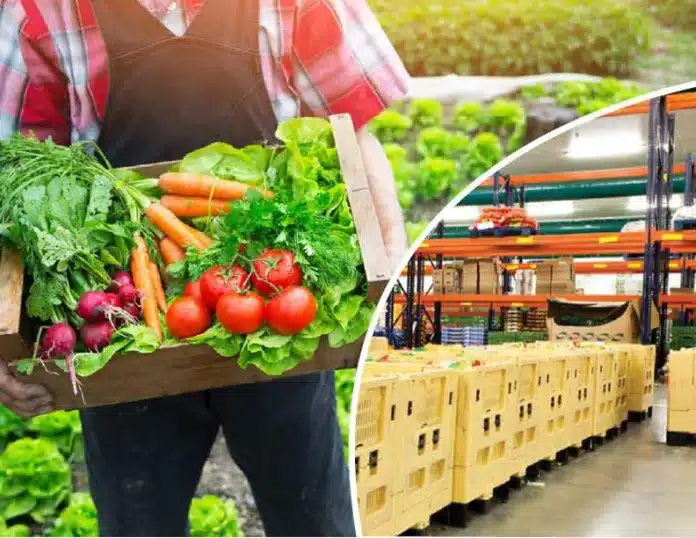In the ever-evolving realm of the produce industry, maintaining optimal freshness is paramount. The ability to deliver crisp, flavorful fruits and vegetables not only signifies quality but also plays a pivotal role in customer satisfaction. As energy-efficient technologies redefine operational landscapes, the produce sector is experiencing a groundbreaking shift that not only minimizes energy consumption but also dramatically extends the shelf life of its goods. In this article, we delve into the innovative concept of energy-efficient cold storage and its pivotal role in prioritizing “Freshness First.”
A Paradigm Shift in Cold Storage
Cold storage is the cornerstone of preserving the nutritional integrity and overall quality of perishable goods. Traditional cold storage methodologies, while effective, often come at a substantial energy cost, leading to significant operational overheads. Moreover, these conventional setups might struggle to maintain consistent temperature levels required for optimal produce freshness.
Enter the era of energy-efficient cold storage solutions, powered by state-of-the-art components such as condenser units, compressors, and sophisticated refrigeration techniques. These advancements synergize to create an energy-efficient cold storage ecosystem, substantially reducing energy usage and ensuring precise temperature control – the linchpin of prolonged produce freshness.
Key Components Driving Extended Shelf Life
Several pivotal components contribute to the success of energy-efficient cold storage systems:
- Condenser Units and Coils: The core of any refrigeration system, condenser units, and coils lay the foundation for efficient temperature regulation. Employing high-efficiency condenser units optimizes cooling processes, curtails energy wastage, and establishes a consistently favorable temperature environment within storage spaces.
- Compressor Systems: The heart of the refrigeration system, compressor systems are pivotal in achieving precise temperature control. By integrating advanced compressor technologies, facilities can elevate temperature management, optimize energy utilization, and, subsequently, extend produce shelf life.
- Innovative Refrigeration Methods: The choice of refrigerants and cooling methodologies can significantly influence energy efficiency and produce preservation. By selecting suitable refrigerants and adopting innovative techniques like flooded coil systems, substantial energy savings can be realized.
Case Study: Illuminating Success
The success story of Worldwide Produce offers an inspiring glimpse into the potential impact of energy-efficient cold storage. In their pursuit of enhancing a sprawling 180,000-square-foot facility, strategic upgrades and the integration of cutting-edge technologies yielded impressive results.
With a project cost of $165,124, the company harnessed substantial rebates, totaling $88,315. Consequently, the net project cost was effectively reduced to $76,809. The investment proved to be exceedingly rewarding, with annual dollar savings amounting to $87,527 and a remarkable return on investment achieved in a mere 0.88 years. Over a five-year projection, the anticipated savings amounted to a remarkable $437,635.
Conclusion
The union of energy efficiency and produce freshness has shifted from aspiration to reality, thanks to progressive cold storage solutions. By harnessing the power of energy-efficient components – including condenser units, compressor systems, and inventive refrigeration techniques – companies are not only curbing energy consumption and operational costs but also significantly elongating the life and quality of their produce. The Worldwide Produce case study underlines the tangible benefits that arise from such initiatives, underscoring the evolution of “Freshness First” as an embodiment of technological progress.

